
Photo Gallery | 180400 Views | May 06,2019
Oct 26 , 2025.
The Birr (Brewed Buck) has been walking down a narrow slope for months, sliding a little each week as monetary policymakers test how far they can let it fall without stoking a new burst of inflation.
The National Bank of Ethiopia’s (NBE) reference rate crossed 150 Br to the dollar last week and kept rising, an unmistakable signal from the Central Bank that a gentler, policy-managed depreciation is underway, and that the formal market should inch toward levels already accepted on the street.
Four consecutive weeks of decline speak to the chronic shortage of hard currency and the steady pull of import demand and debt service. The spread between individual bank quotes tightened late last week, displaying that lenders were converging on a shared expectation of further depreciation. According to market watchers, banks could have sensed another phase of policy adjustment and trimmed outlier quotes to avoid being stranded by a sudden official shift.
Every bank felt the pressure, no less the Commercial Bank of Ethiopia (CBE), the state-owned financial workhorse. Its forex managers moved their rates fastest, a nod to the Bank's size and its exposure to big-ticket public projects that gulp foreign exchange. Oromia Bank and the Central Bank preferred smaller, steadier adjustments, showing a bias for order over speed. Taken together, the changes in the forex market left a clear footprint that market forces are pushing the Brewed Buck lower, yet the market is being shepherded by policy, not left to chance.
A snapshot of the six days leading up to Saturday, October 25, 2025, showed that leadership at the top was anything but steady. The Central Bank posted a bold buying rate of 152.576 Br on October 23, almost 8.3 Br higher than ZamZam Bank’s 142.65 Br low. On paper, a uniform two percent spread governs the market. In practice, a wide corridor, from 142.65 to 152.58 on the buy side, and from 145.51 to 153.81 Br on the sell side, betrays different appetites for risk and liquidity.
For much of the week, the Central Bank dominated the leaderboard.
Oromia Bank, once the pace-setter, slipped to second place, its buying quote at times 0.17 Br below the Central Bank. Even so, Oromia Bank offered the most aggressive selling rate, peaking at 153.81 Br by Friday. Hijra Bank staked out high ground midweek with a 151.439 Br selling quote, while mid-tier lenders bunched their offers between 150.2 and 150.9 Br to the dollar. Younger banks such as Ahadu Bank and, early in the week, CBE and Cooperative Bank, held the low end until late-week catch-up bids pressed them higher.
The five large private banks (Awash, Abyssinia, Dashen, Wegagen and Zemen) appeared to have abandoned moving as a bloc. On Saturday, October 20, Abyssinia and Wegagen banks bid above 148 Br, while Awash, Dashen and Zemen stayed below. The gap persisted in smaller steps all week, perhaps revealing balance-sheet pressures, not groupthink, dictate quotes.
The CBE played a game of its own. Late-week buying rates between 147 Br and 147.59 Br were roughly 2.6 Br above the prior week's levels but remained near the market average, not at the top. To sweeten the deal, the CBE offers off-board “top-up” cash bonuses of about 10 Br a dollar, trimming the effective spread for customers without raising its posted board rates. By combining moderate quotes with hidden bonuses, CBE and other banks attempt to attract volume while staying within formal limits.
Viewed across six days, the market fell into four camps.
The Central Bank sat alone, posting zero-spread quotes and setting the upper ceiling. Aggressive names, led by Oromia Bank on the sell side and at times Abyssinia or Wegagen banks on the buy side, pushed hard when they needed dollars. A middle cluster (Awash, Dashen, Zemen, Lion, Berhan, Bunna and Enat) trimmed quotes in small steps, hewing to the two percent rule. Floor-setters, such as ZamZam, Ahadu, and briefly CBE and Cooperative Bank, hugged the bottom until late-week climbs.
Despite the range, averages remained stable at about 147.8 Br for buying and 150.7 Br for selling. The day-to-day median buying rate crept from the mid-147s to shy of 148 Br. The week’s peak fell back when the Central Bank clipped its quote to 150.96 Br, but the underlying gap remained.
In effect, two markets coexist. The administrative track, led by the Central Bank, prints headline premiums. The commercial track balances demand, reserves and policy signals within the spread rule. Until the tracks merge, customers will face a market that looks uniform yet produces different outcomes depending on the counterparty and the day. On the buy side, the Central Bank’s 152.57 Br quote on October 23 ranks highest. ZamZam’s 142.65 Br sat at the bottom. On the sell side, Oromia’s 153.81 Br topped the chart; ZamZam anchored the low at 145.5 Br.
Against these poles, the averages look tame, but the contrast showed how liquidity needs and risk tolerance carve the corridor.
Zoom out to four weeks and the picture sharpens. Rates climbed everywhere. A higher Brewed Buck-to-Green Buck figure means the Birr buys less hard currency, steady depreciation. CBE’s rate jumped from about 140 to 147 Br, a 4.9pc leap. Oromia Bank gained 4.2pc; the Central Bank and the industry average added around four percent. The spread between the top and bottom narrowed from nearly five Birr to less than four Birr, evidence of a market growing more disciplined under policy pressure.
Week by week, the first half of the month was quiet, perhaps reflecting a brief lull in liquidity strain. Two weeks ago, banks moved in tandem, and last week saw quotes bunching near 150 Br. Oromia Bank’s slight dip three weeks ago was reversed the following week, likely stemming from a short-term cash cushion. The CBE’s late sprint looks like a catch-up move, typical of a large lender juggling government commitments and its own defences.
What lies behind the uniform climb?
Market watchers attributed it to two forces. There is tighter liquidity and foreign-exchange auctions that seek to ration scarce dollars. Managed depreciation keeps imports expensive, curbing demand, while allowing exporters to earn more in Birr. It also pushed the official rate toward the parallel market, shrinking arbitrage.
CBE’s bigger move may signal pent-up demand or a deliberate strategy to regain a competitive footing after starting from a conservative base. Oromia Bank and the Central Bank's steady pace suggest that banks are closely aligning with the Central Bank's cues. The industry’s 3.9pc advance speaks to collective, not isolated, action, a dance choreographed by policy guidance and market constraints.
Short-term projections cluster around the 150-Br line, the new psychological marker. Without a fresh infusion of dollars, the rate could drift to 153 Br and 155 Br in the coming months, roughly where Oromia Bank’s selling quote already sits. In the longer view, the forex market appears to be heading toward a tighter, lower-volatility regime where the official spread holds, while absolute levels rise.
PUBLISHED ON
Oct 26,2025 [ VOL
26 , NO
1330]

Photo Gallery | 180400 Views | May 06,2019

Photo Gallery | 170601 Views | Apr 26,2019

Photo Gallery | 161645 Views | Oct 06,2021
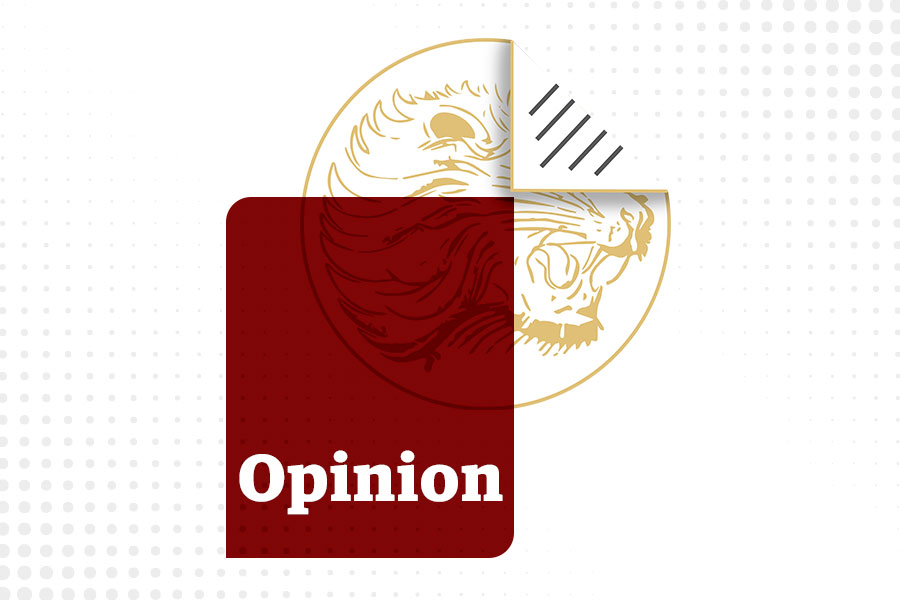
My Opinion | 137278 Views | Aug 14,2021
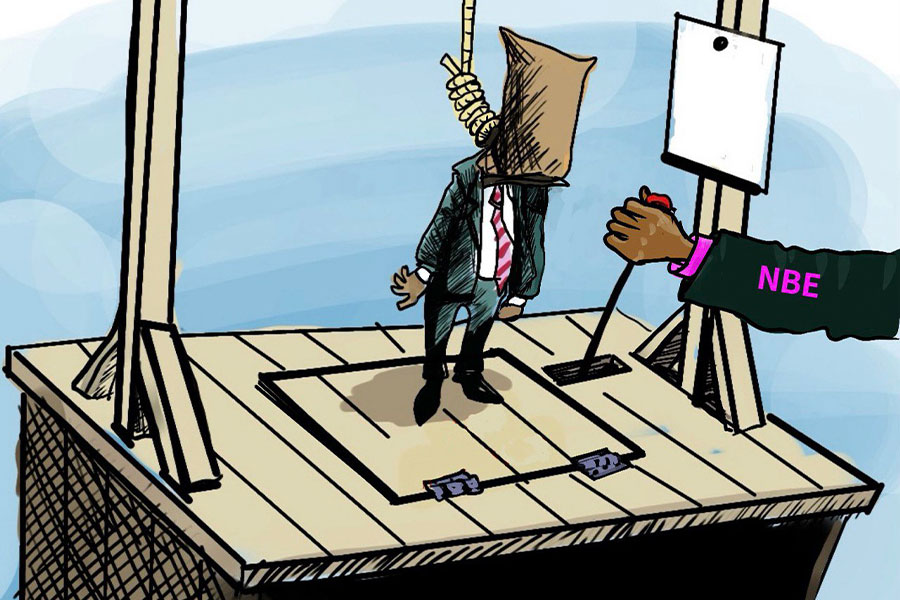
Nov 1 , 2025
The National Bank of Ethiopia (NBE) issued a statement two weeks ago that appeared to...
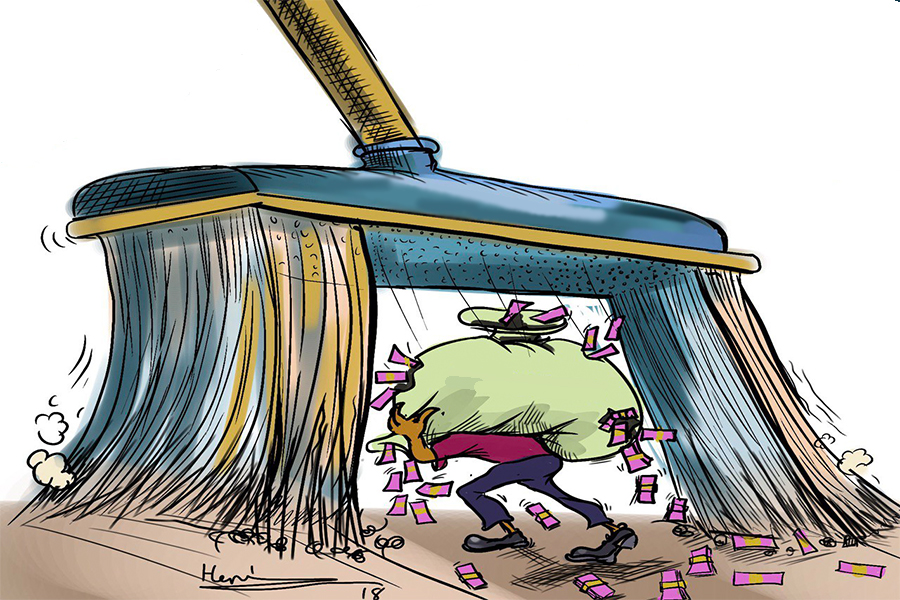
Oct 25 , 2025
The regulatory machinery is on overdrive. In only two years, no fewer than 35 new pro...
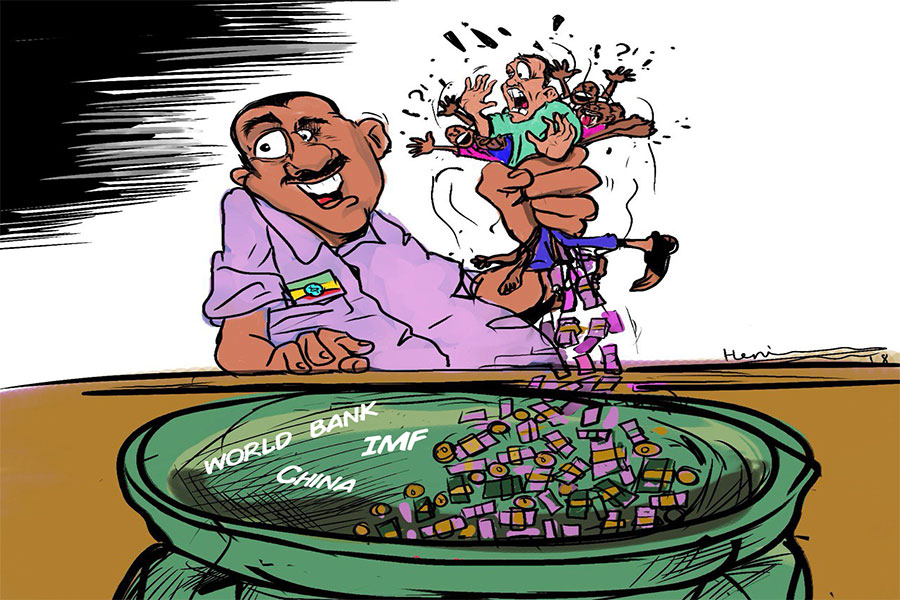
Oct 18 , 2025
The political establishment, notably the ruling party and its top brass, has become p...
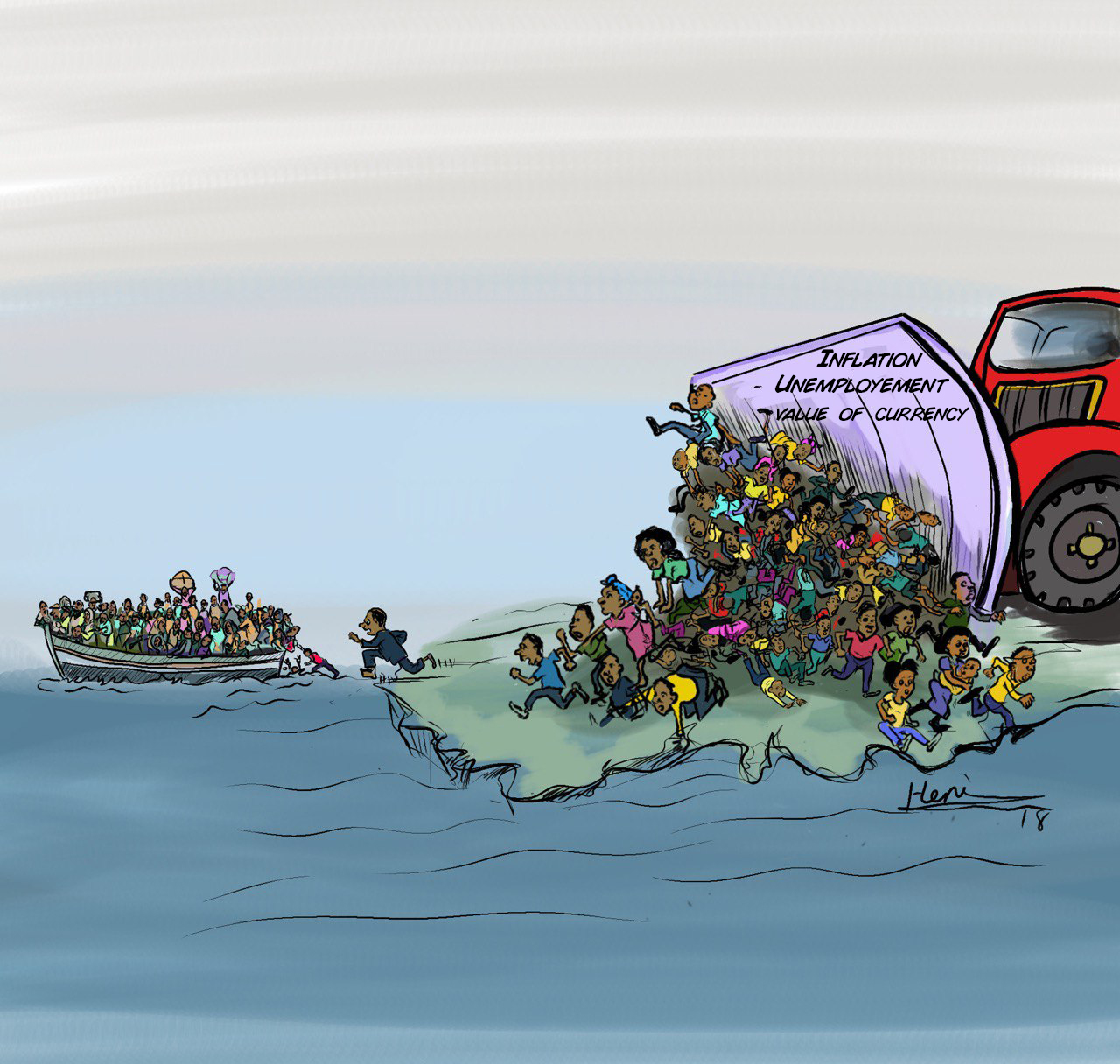
Oct 11 , 2025
Ladislas Farago, a roving Associated Press (AP) correspondent, arrived in Ethiopia in...